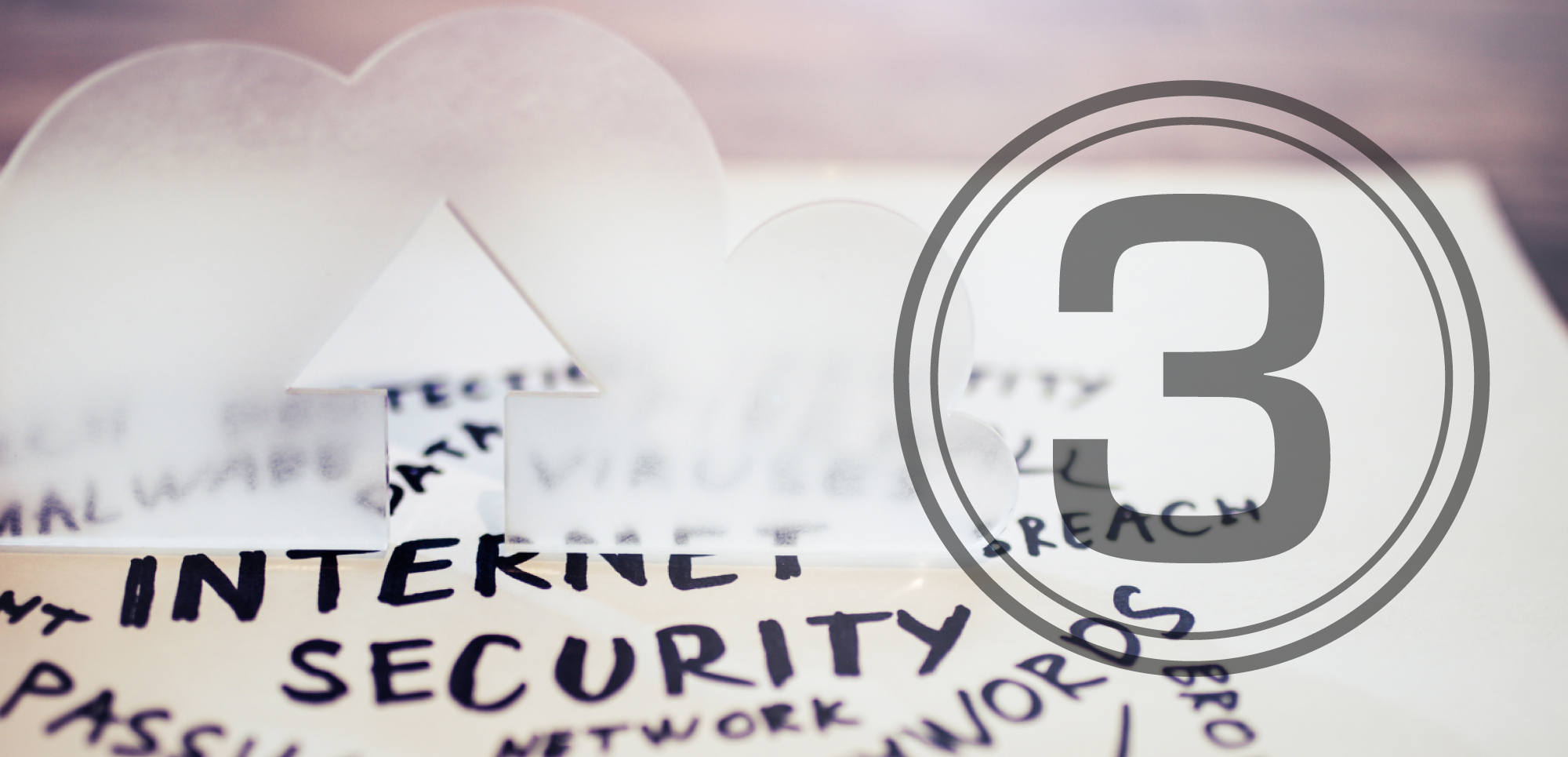3 Essential Tips for Better Internet Security

The internet is actually a pretty great place to be, offering a vast expanse of knowledge, entertainment, and opportunities for connection. However, its true potential is only realized when website owners take the necessary steps to ensure the safety of their visitors, creating a secure and trustworthy online environment for everyone.
To assist in this crucial endeavor, here are three valuable tips to help ensure your website remains both informative and protective for your users.
Tip #1: Use HTTPS
HTTPS, which stands for Hypertext Transfer Protocol Secure, provides an added layer of security for website users. It encrypts the data exchanged between a user's browser and the web server, ensuring that the information remains confidential. Think of it as having a private conversation where eavesdroppers can't understand the language you're speaking.
In August 2014, Google Chrome, the world’s most popular browser, announced that having HTTPS makes your website rank higher in its search algorithm. And since October 2017, the browser began flagging non-HTTPS websites as not secure whenever users try to fill out something as simple as a contact form on it. In July 2018, Chrome started showing a “not secure” warning on any website that does not implement HTTPS, whether or not users are filling out a form there.
Because of Google’s measures, the security protocol has been widely adopted. Even if your website does not contain or ask for sensitive information, implementing HTTPS on it engenders trust and a sense of security among internet users, while staying left behind security-wise will make web visitors abandon or avoid you sooner or later.
Tip #2: Embrace multifactor authentication (MFA)
Since account credentials can be easily stolen via phishing attacks, username and password combos are no longer enough to keep bad actors at bay. To ensure that the one accessing an account is truly that account’s owner, additional identity authentication steps must be implemented.
These steps can involve the use of the account holder’s device — the one logging in must first verify their phone number, receive a one-time password on their smartphone, then enter that code in the access portal before the validity of the code lapses.
Alternatively, MFA may ask for a face, retina, voice, or fingerprint scan for authentication. MFA can be a bit of a hassle for your internal and external users, but a little inconvenience is a small price to pay for immensely effective cybersecurity.
Tip #3: Update browsers and devices
Did you know that dated versions of browsers, operating systems (OSs), and even other software packages can create an easy entry point for hackers? Often, new updates are created specifically to fix security holes. And hackers are ever aware that people can be lazy, saving that update for another day that never seems to come.
They’ll often try to take advantage of this, searching for outdated devices to infiltrate while their victims watch YouTube on last year’s version of Firefox.
Yes, installing an update might take 15 minutes of your time. But this small effort can yield significant dividends in preventing a security breach, potentially saving you or your business thousands. Remember, keeping your software updated is a simple yet effective step towards bolstering your cybersecurity.
Looking for more ways to enhance your internet security?
Reach out to discover how we can assist, or explore our extensive collection of cybersecurity resources for additional insights and strategies.



